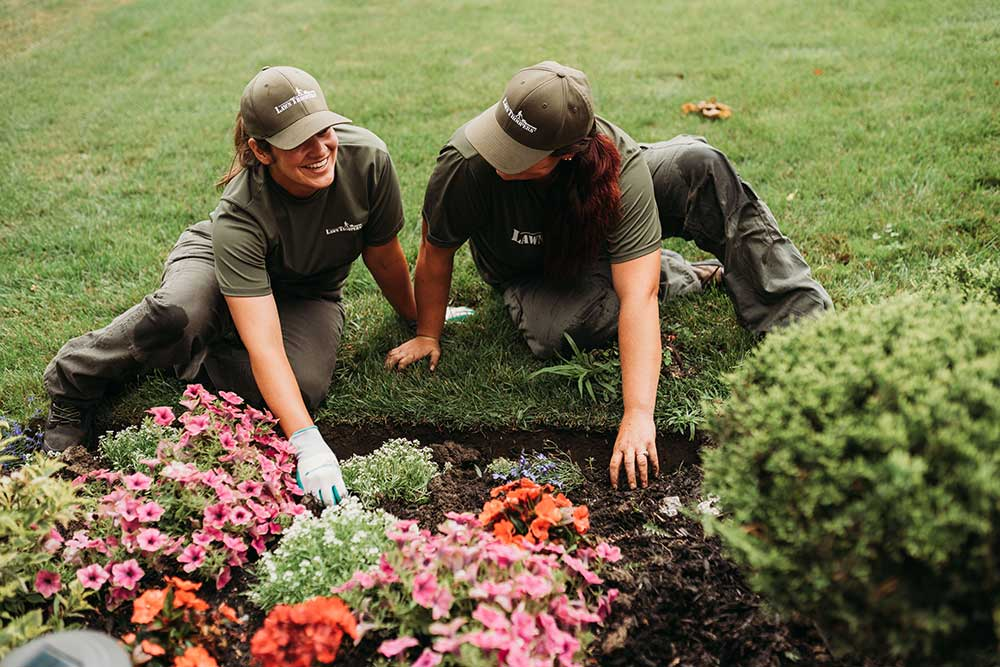For many, the garden is a personal sanctuary—an outdoor retreat where beauty meets tranquility. Whether you’re a seasoned gardener or a novice looking to elevate your outdoor space, one essential aspect that can make a huge difference is garden edging. Garden gardenedgingexpert.com/blog edging is the often-overlooked finishing touch that brings structure, definition, and polish to your garden. It not only defines spaces within your landscape but also adds value to your home and enhances your garden’s overall appearance. https://worldexploremag.org/the-ultimate-guide-to-gardenedgingexpert-com-blog/
At gardenedgingexpert.com/blog, we dive deep into all aspects of garden edging. From choosing the right materials to understanding how garden edging can help with weed control and aesthetics, we cover everything you need to know. This article will provide an overview of some of the best garden edging practices and how you can bring your outdoor space to life with professional touches.
Why Garden Edging Matters

Garden edging might seem like a minor detail, but it’s one of the most impactful elements of landscaping. If you’ve ever admired a well-kept garden, chances are good that edging played a significant role in its visual appeal. Here’s why garden edging is so important:
- Creates Clear Boundaries: Edging helps separate gardenedgingexpert.com/blog different areas of your garden. Whether you’re demarcating flower beds, vegetable patches, walkways, or lawns, edging provides a clear boundary that makes your garden look organized and structured.
- Prevents Grass Encroachment: If you’ve ever had grass overrun your flower beds or pathways, you know how frustrating it can be. Proper garden edging acts as a barrier that prevents grass and weeds from creeping into areas where they don’t belong.
- Improves Garden Maintenance: Well-defined https://worldexploremag.org/the-ultimate-guide-to-gardenedgingexpert-com-blog/ edges make it easier to mow, weed, and maintain your garden. It helps keep mulch in place and prevents soil from washing away, making your upkeep simpler and more efficient.
- Enhances Aesthetic Appeal: Edging gives your garden a finished, professional look. It can highlight specific areas of your yard and serve as a design element in its own right, contributing to the overall landscape design.
At gardenedgingexpert.com/blog, we offer in-depth insights into the various styles and functions of garden edging, helping you make informed decisions for your garden.
Types of Garden Edging Materials

Choosing the right garden edging material is crucial for achieving both functionality and aesthetic appeal. The materials you select will depend on your garden’s style, your maintenance preferences, and your budget. Let’s explore some of the most popular options available on the market, many of which are covered in detail on gardenedgingexpert.com/blog.
- Stone and Rock EdgingNatural stone is a timeless and durable option for garden edging. Whether you opt for large boulders or smaller gardenedgingexpert.com/blog pebbles, stone edging adds a rustic, natural feel to any garden. It’s perfect for those who want a low-maintenance solution that can withstand the elements for years.Pros: Durability, natural look, low maintenance.Cons: Can be expensive and heavy to install.
- Metal EdgingMetal garden edging, often made from steel or aluminum, is a sleek and modern option that provides clean, crisp lines. Metal edges are extremely durable and can easily bend into curves, making them a versatile option for both formal and informal garden designs.Pros: Modern aesthetic, durable, flexible.Cons: Can rust if not treated properly, higher cost compared to plastic or wood.
- Wood EdgingWood is a classic garden edging https://worldexploremag.org/the-ultimate-guide-to-gardenedgingexpert-com-blog/ material that provides a natural, warm feel. From simple timber boards to decorative log rolls, wood can create a rustic, charming atmosphere. Treated wood will last longer, but it may eventually rot over time in damp environments.Pros: Natural look, relatively inexpensive.Cons: Requires maintenance, may rot or warp over time.
- Brick and Paver EdgingBrick and pavers are ideal for creating a formal, structured garden. They offer a traditional look and are often used to create walkways or patio borders. Bricks can be laid in various patterns, giving you flexibility with your design.Pros: Formal, traditional look, durable.Cons: Can be labor-intensive to install.
- Plastic EdgingFor those on a budget, plastic edging offers a lightweight and easy-to-install solution. Plastic edging is flexible, making it a great option for curved designs. While it’s less durable than other materials, it can still provide a clean look when installed properly.Pros: Affordable, flexible, easy to install.Cons: Less durable, can fade or become brittle over time.
Design Ideas for Garden Edging

Garden edging isn’t just functional—it’s a design element that can enhance your outdoor space. At gardenedgingexpert.com/blog, we explore gardenedgingexpert.com/blog various creative ways to incorporate edging into your garden design. Here are a few ideas to get you started:
- Create Contrast: If you have a lush green lawn, use bright-colored pavers or bricks to create contrast. This adds visual interest and draws attention to the different areas of your garden.
- Curved Edging for Softness: Straight lines can sometimes feel too rigid. Incorporate curved edges to soften the overall look of your garden, especially if you’re aiming for a more natural or organic feel.
- Edging as a Focal Point: Don’t be afraid to use bold materials like large stones or metal to turn your garden edging into a focal point. The edging itself can be a statement piece within your landscape design.
- Layering Edges: Consider using different materials in layers to create depth and texture. For example, pair stone with metal or wood for a more dynamic and interesting look.
- Highlight Pathways: Use garden edging to emphasize walkways and pathways. Edging can help guide visitors through your garden and create a sense of flow.
Installation Tips and Best Practices

Installing garden edging doesn’t have to be a daunting task. Whether you’re a DIY enthusiast or prefer to hire a professional, these tips can help ensure that your garden edging lasts for years to come:
- Plan Your Layout: Before you start digging, https://worldexploremag.org/the-ultimate-guide-to-gardenedgingexpert-com-blog/ map out the area you want to edge. Use a garden hose or string to outline curves and lines.
- Dig a Trench: For most edging materials, gardenedgingexpert.com/blog you’ll need to dig a shallow trench to anchor the edging in place. Make sure the trench is level to prevent the edging from sinking or shifting over time.
- Secure the Edging: Depending on the material you choose, you may need stakes, spikes, or adhesive to keep your edging securely in place.
- Maintain the Edges: Over time, dirt and grass can build up along your edging. Regularly cleaning and trimming around the edges will help keep your garden looking neat and tidy.
For more detailed instructions on installation techniques, visit gardenedgingexpert.com/blog, where we provide step-by-step guides and expert advice.
Conclusion
Garden edging is an essential component of any well-designed garden. It adds structure, improves maintenance, and enhances the overall beauty of your outdoor space. Whether you prefer the timeless look of stone, the sleek lines of metal, or the rustic charm of wood, there’s an edging material that’s perfect for your garden.
